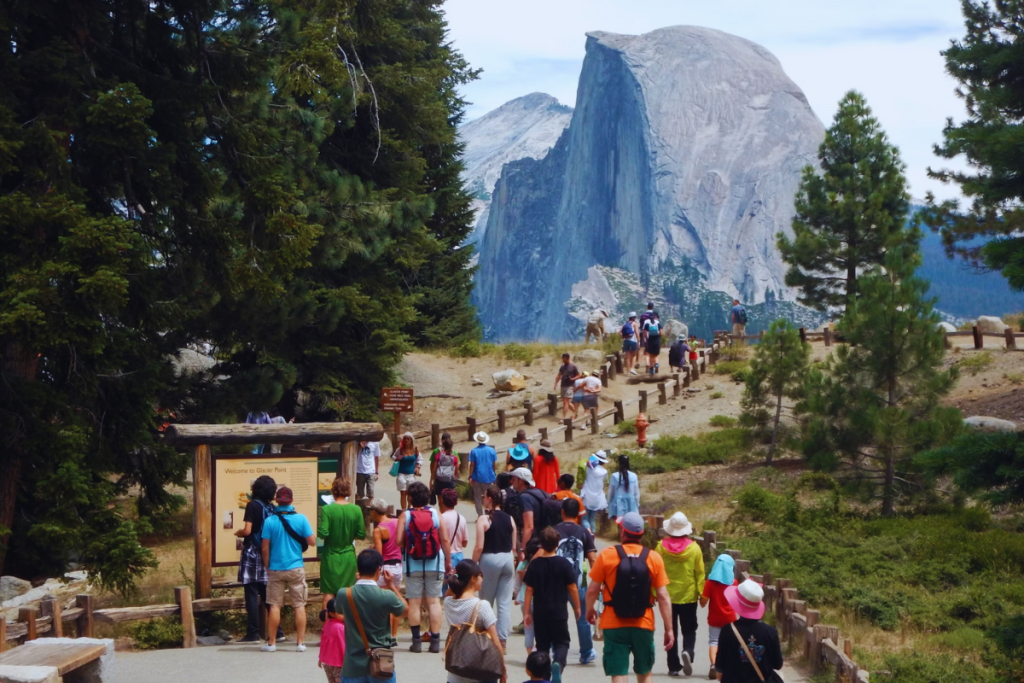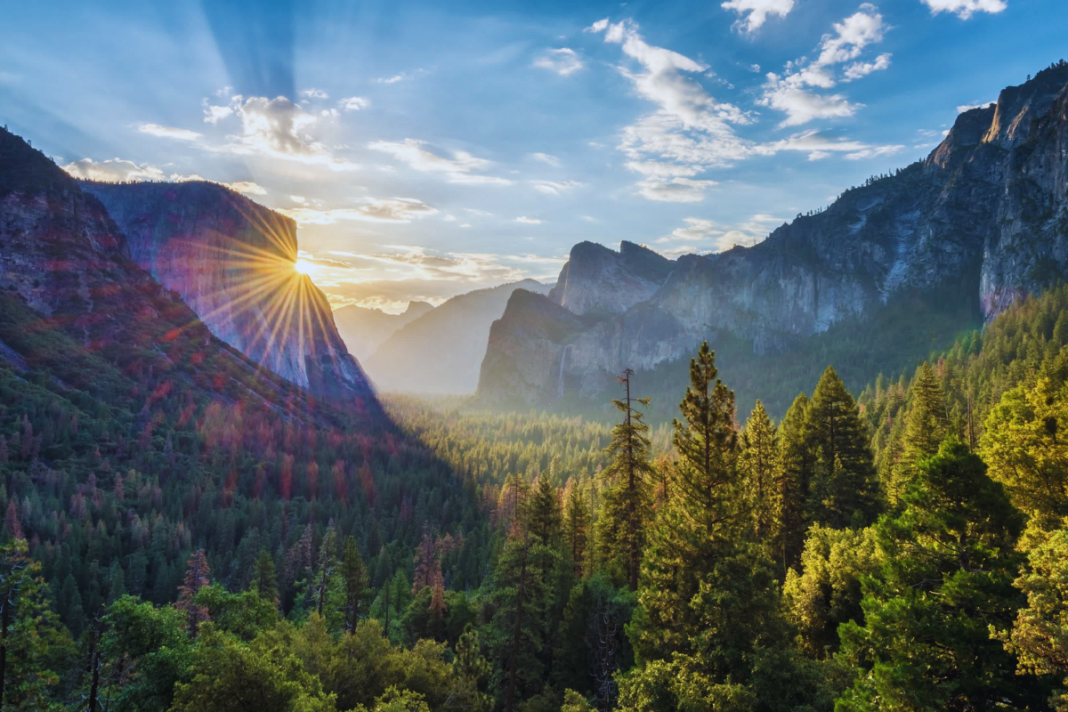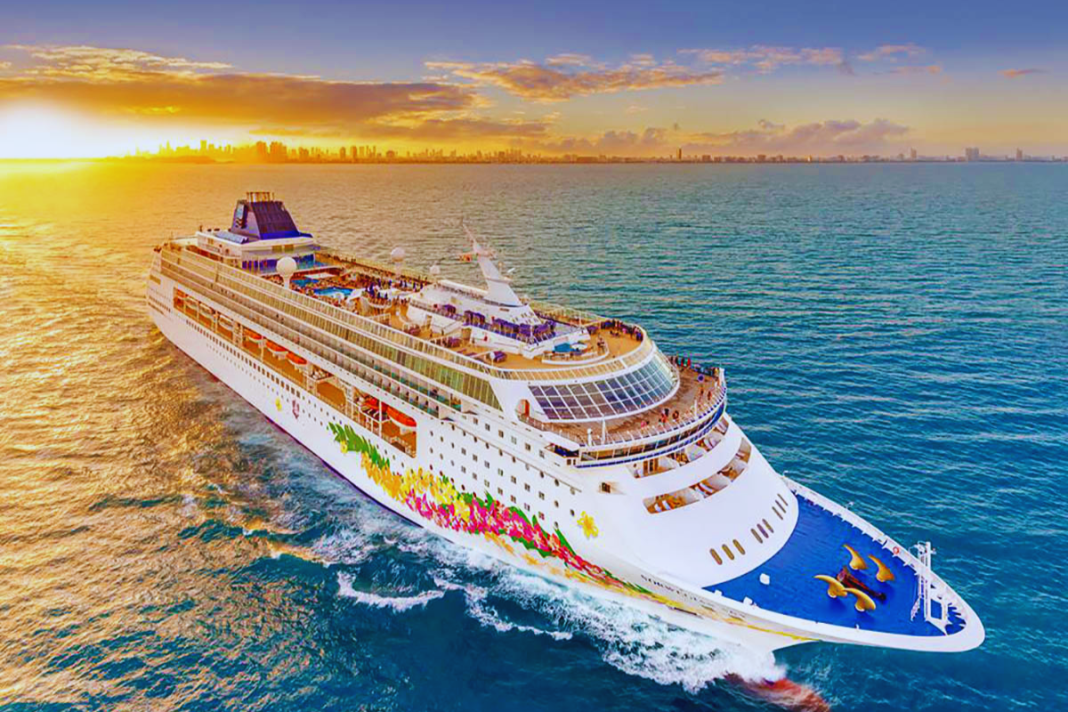Advertorial
National parks are the heart of America’s natural beauty—from towering cliffs to hidden canyons and alpine lakes. Whether you’re a first-time visitor or a seasoned explorer, having the right guide can transform your trip from average to awe-inspiring. In this article, we’ll cover how to plan smart, avoid crowds, and make the most of your next national park adventure.
Why Not to Visit a National Park Without a Guide
A national park guide—digital, print, or human—can offer more than just trail info. It helps you:
- Avoid tourist traps and crowded areas
- Discover hidden gems and off-the-beaten-path spots
- Understand park rules, seasonal hazards, and entry regulations
- Make the most of your time with well-planned itineraries
Without a guide, many visitors miss out on incredible experiences just steps from popular trails.
Best Times of Year to Visit Popular U.S. National Parks
Timing is everything. Here’s when to plan:
- Yellowstone: May–June for wildlife; September for fewer crowds
- Grand Canyon: Spring and fall for ideal weather without peak heat
- Yosemite: Late spring for waterfalls, early fall for fewer tourists
- Zion: March–May and October–November for great hiking temps
- Great Smoky Mountains: October for fall foliage, spring for wildflowers
Check your park’s official website for updates on closures, permits, and weather alerts before you go.
3 Things to Pack for a National Park Trip
You’ve got the hiking boots—but don’t miss these essentials:
- Portable water filter or purification tablets
- Printed map or offline GPS app (like Gaia GPS or All Trails+)
- Layered clothing for unpredictable weather
- Bug spray and SPF even in cooler months
- Trail snacks with protein and electrolytes
- Power bank or solar charger for phones and cameras
- Small first aid kit and blister tape
Packing smart can save your trip from turning into a survival challenge.
How to Avoid the Crowds at National Parks

America’s most popular parks are seeing record-breaking attendance. Here’s how to find serenity:
- Arrive early—before 8 AM is golden hour for empty trails.
- Travel mid-week, avoiding weekends and holidays.
- Visit during shoulder seasons—late spring or early fall.
- Choose less-known entrances when available (like North Rim vs. South Rim at the Grand Canyon).
- Explore lesser-known trails, which often offer better views than the main ones.
For true solitude, consider smaller parks or national monuments nearby.
Top 5 National Park Guides You Can Download or Buy
Looking for the best national park guides? These are worth your time:
- Moon USA National Parks – Comprehensive with beautiful maps and visuals
- National Geographic Guides – Great for families and photography lovers
- REI Co-op Trail Guides – Expert-reviewed and trail-tested
- The Dyrt and AllTrails apps – Great for route planning and campsite reviews
- Park-specific maps from NPS.gov – Always up-to-date and free to download
Pro tip: Download digital maps before entering the park—cell signals are often unreliable.
Hidden Rules and Permit Requirements of National Parks
Many parks have lesser-known rules that can catch you off guard:
- Timed-entry reservations: Required at parks like Arches and Glacier during peak seasons
- Backcountry permits: Needed for overnight hikes in Yosemite, Zion, and others
- Drone bans: Most parks don’t allow recreational drones
- Campfire restrictions: Can vary daily due to wildfire risks
- Wildlife distance rules: Stay at least 100 yards from bears, 25 yards from other animals
Always read the park’s official site or ask a ranger when you arrive.
Final Thoughts
A great national park trip starts with great planning—and a reliable guide. From choosing the best time to go to avoiding crowds and packing essentials, a guide can help you explore more while stressing less. Nature is waiting—get ready to experience it like never before.
Disclaimer
This article is for informational purposes only. National park conditions, rules, and access policies are subject to change. Always refer to official sources like NPS.gov or the park’s visitor center before making travel plans. We do not endorse any specific guidebook or platform mentioned above.




